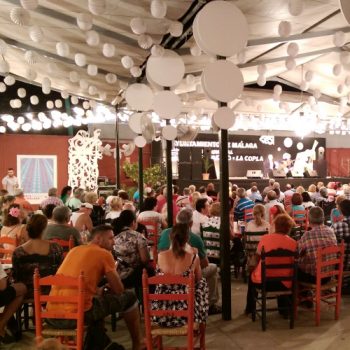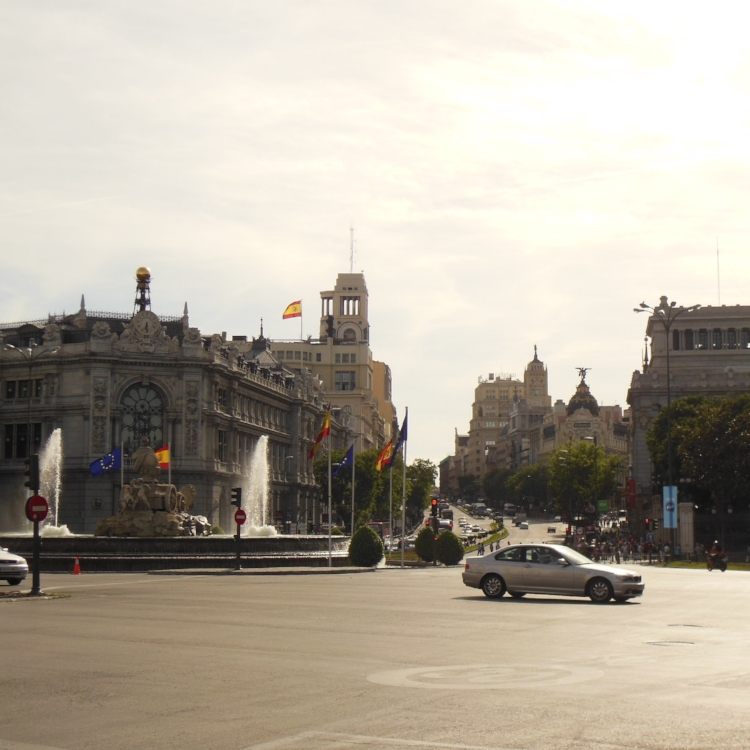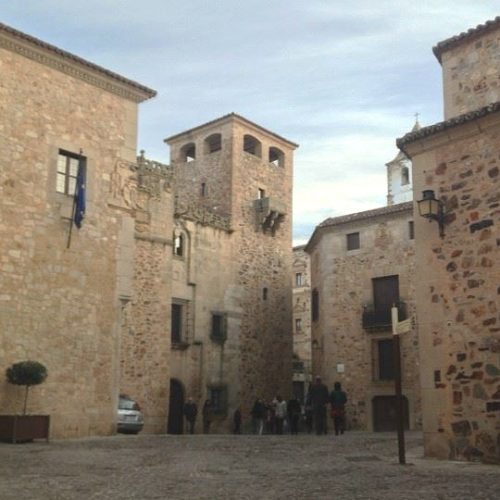
What You Need to Know About Cáceres
Cáceres, Extremadura
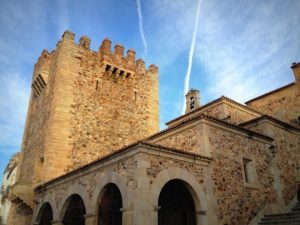 Transport options to arrive: Bus, Plane, Train, or Car
Transport options to arrive: Bus, Plane, Train, or Car
Cáceres can be a bit tricky to reach depending on where you are coming from, your budget, and the amount of time you want to invest in getting there. Although Cáceres is an important city in Extremadura, the nearest airport is in Badajoz (approximately 45 minutes away by car), making it an extremely expensive option in most cases. Your best bet is typically a bus or train, which can be affordable (between 21-35€ for Madrid-Cáceres, for example) but sometimes quite long. As always, driving will give you the most flexibility and direct trajectory.
Recommended time of year to visit and length of visit: Early or late Summer, 2-3 days
Cáceres enjoys generally good weather due to its Mediterranean climate, but the summers can get quite hot (sometimes exceeding 34°C/93°F) and the months of October, November, March, April, and May can bring heavy rainfall. Thus, we recommend late or early summer months for dry and sunny weather.
Caveat: All photos were taken in November so you may still have good luck outside of that time frame, but you should still be prepared for heat or rain, respectively.
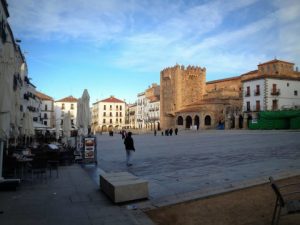 Fun Fact: Extremadura is one of the most overlooked communidades of Spain when it comes to tourism, but this shouldn’t stop you from exploring it! There are few places where you can be surrounded by so much Roman, Moorish, Northern Gothic, and Italian Renaissance architecture, as well as see cave paintings from the Late Stone Age. Cáceres is a gem for anyone looking to explore a true Spanish city, off the beaten (tourist) path.
Fun Fact: Extremadura is one of the most overlooked communidades of Spain when it comes to tourism, but this shouldn’t stop you from exploring it! There are few places where you can be surrounded by so much Roman, Moorish, Northern Gothic, and Italian Renaissance architecture, as well as see cave paintings from the Late Stone Age. Cáceres is a gem for anyone looking to explore a true Spanish city, off the beaten (tourist) path.
Top three must-sees:
1. Plaza Mayor: The main plaza of Cáceres is perhaps not as impressive if you’ve visited Plaza Mayor in cities like Madrid and Salamanca, however it is the perfect starting point for your visit and spending time here will immerse you in the present day culture. The square abounds with good restaurants but beware that Cáceres is more traditional than some other cities in terms of its kitchen openings—if you arrive at an unusual time (especially on a Sunday) don’t be surprised to find that nowhere is serving food! (Read more about Spain’s eating schedule here.)
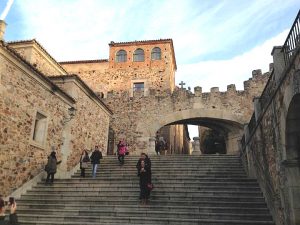 2. Casco Antiguo (The Old Town): After visiting the main square, step through the Arco de Estrella (Star Archway) and back into history. The entire city of Cáceres is considered a Patrimonio de la Humanidad (UNESCO World Heritage Site) and a wander through the casco antiguo will expose you to architecture dating back as early as 25 BC! The casco antiguo will not disappoint, but if it does leaves you curious, we highly recommend #3…
2. Casco Antiguo (The Old Town): After visiting the main square, step through the Arco de Estrella (Star Archway) and back into history. The entire city of Cáceres is considered a Patrimonio de la Humanidad (UNESCO World Heritage Site) and a wander through the casco antiguo will expose you to architecture dating back as early as 25 BC! The casco antiguo will not disappoint, but if it does leaves you curious, we highly recommend #3…
3. The City at Night: The ruta de Leyendas y Curiosidades Cacereñas (Legends and Curiosities of Cáceres guided tour) is perfect for anyone intrigued by history and the enchantment of it all (and who has a decent level of understanding in Spanish). There are a variety of guided tours offered by the official association of tour guides but we recommend the legends version as it offers you the chance to wander the Old Town at night, something every Cacereño recommends!
Pro-Tip: For our English-speaking friends, private tours can be arranged!
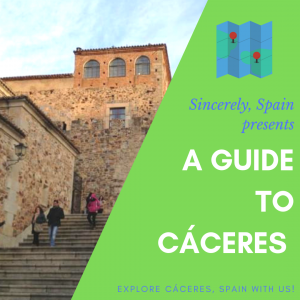 One thing to eat: Torta de Casar
One thing to eat: Torta de Casar
This typical cheese is quintessential to the Extremaduran experience! The concept is a bit different than other cheeses you may have tried here in Spain—instead of being sliced and served as a hard cheese, this cheese is heated up slightly so that the center gets creamy and you can dip your bread (or more likely hard ‘breadsticks’ called piquillos) into the cheese. It has a strong flavor that might not be for everyone but is very much worth trying and was, in my opinion, incredibly delicious.


